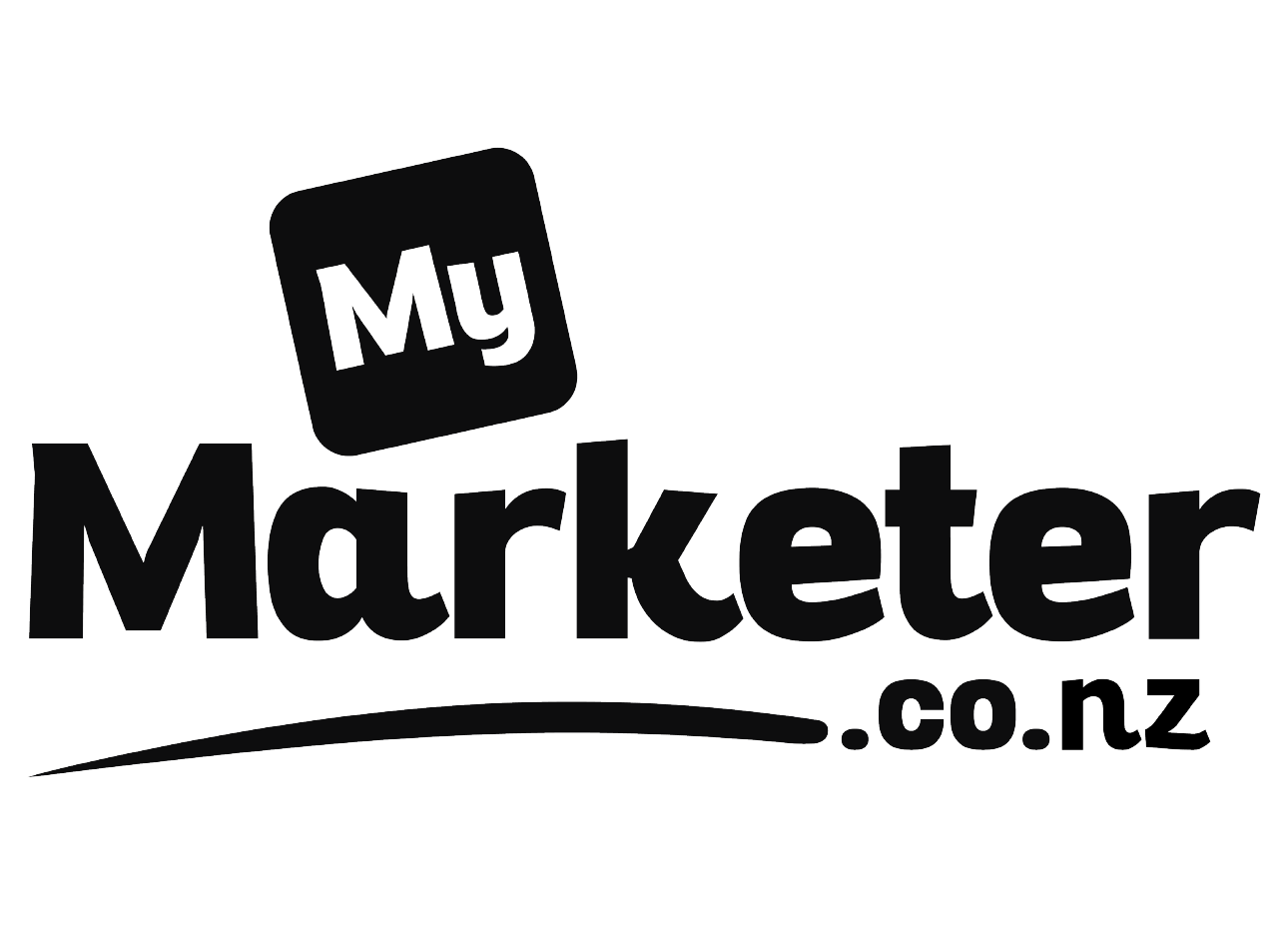As a business owner, do you feel you connect with your customers regularly? And if so, how? Do you have a process in place or does it only happen in the quieter spells?
All too often we see businesses that have grown quickly over a short space of time. They’re eager to bring in new customers and continue to grow but neglect their existing customers. Aren’t they your best advocates? They’re the ones that are more likely to buy again and, as importantly, recommend you to their friends. As business owners, we all understand the importance of networking, but are you forgetting that your customers are a network too?
The best form of marketing is word of mouth – in the old days this meant literally telling someone, but this has now expanded to the online world of email and social media.
So, put a plan in place and make sure you’re talking to your customers. Here’s how…
1. Build a database of customers and get as many details about them as you can.
This will form the foundation of your relationship. Know their age and know their birthday. Know their kids and their birthdays. The more data you have the better. Find it hard to ask? No problem, just include a promotion and people will be happy to include more information for the chance to win. Understand the value of your customers and score them. Know when they last bought something and think about when they might be considering their next purchase. Surely your best customers are worth sending a dozen beers to on their birthday – and think of what they’ll tell your friends about your business when this happens! Surprise and delight someone, and they’ll be eager to tell their friends.
2. Communicate!
Start sending out newsletters to your database every quarter – not too often, just enough to keep reminding them of your company’s name/brand. Don’t make it a hard sell, but include an offer to two to add value to the mailing. Use it to update customers on industry news, case studies and other stories you consider important. Be mindful that it’s not always about you and your company – try to share information that will ensure you’re perceived as the industry expert, even if this means giving away a little of your IP.
3. Segment your database.
Look at key segments of your database and think about more tactical, promotional messages via email – the sort of stuff that will jolt them into action and purchase. This is where it pays to know about them so you can appear more personal.
4. Embrace social media.
It’s less effective than email in many cases but it’s also less intrusive. Consider creating an online showroom on Pinterest – it is easier to update than your website and you can create specific boards for certain products or relevant to certain customer categories. Facebook is huge so use it to grow your potential audience. Google+ can deliver you huge gains in organic and local search, simply by creating a page and posting to it once in a while.
5. Utilise LinkedIn.
Create a company LinkedIn Page and help all your staff to create a personal page for themselves. Encourage your staff to follow your company page and also to reach out to your customers through their own pages. Post to your page every 1-2 weeks. Simply look at the statistics to understand why its an important part of the mix:
1.08m New Zealanders are on LinkedIn, which equates to a penetration of just over 24%*.
57% of LinkedIn users are male, and are predominantly aged 35-49**
53% of LinkedIn users earn more than $70k**
*source: socialbakers, May 2014
**source: Adcorp, June 2013
Join LinkedIn groups too, both as a company and encourage your staff. When they contribute, it’s good for you and them and raises your profile in the industry – again it’s about being perceived as experts in your marketplace. Use these groups to get to people that you consider might be good potential business targets.
6. Facebook should be fun!
Use Facebook to show what your company is all about – it’s less corporate than LinkedIn and enables your business to show it’s lighter, more personal side. Have fun on the page and involve your staff – Facebook is where you can drive your brand’s personality and not be so focused on your business. Post here when you have a staff night out or when certain staff have performed well! But remember that Facebook is a two way communication platform. Monitor the page and be happy to respond on the page. Also be prepared for customers to air their dirty laundry on the page, don’t be frightened of this, just be prepared and handle it quickly and efficiently. Post to your Facebook page at least once or twice a week.
7. Grow your followers.
Now put some real effort into getting people following your pages – the more existing customers that follow you the more new ones might come onboard – it’s a simple numbers game. Email your customers asking them to follow/like you. Provide an incentive too, this helps! Placing links to your page on your website and on your email signatures will make the transition to your other pages smoother.
Advertising or sponsoring a post means you can target specific segments. Want to target business owners in Auckland? No problem. It’s surprisingly cheap to have your post appear on their wall – and there are 3,500 of them! You simply bid how much you are prepared to pay should they click on your post. Google advises a minimum amount, so it’s pretty easy. Scared that the costs will spiral? No problem, just set a total budget for your campaign and it will close once you hit that amount.
Encouraging all your staff to follow your company page and then sharing all the content you post – this spreads your content as widely as possible.
Like all that we do at MyMarketer, it has to be well planned, measurable and there needs to be a clear reason for doing it. We consider LinkedIn for all our B2B clients and for some of our B2C clients where the product is specialised or has a high price. LinkedIn is a perfect vehicle for B2B marketing because its audience can be easily segmented and targeted. It is THE platform for business owners and senior management – the people that most often hold the purse strings and are the decision-makers in a company.
In the old days you might rent a database list to get to these kinds of people, but now you target them through LinkedIn and get them coming to your website for more information. If you drive enough of this behaviour you have the added bonus of then helping your organic google rankings. Once they come through to your website then you have the beginnings of a real sales pipeline as you integrate them into your online CRM programme.
You’re probably thinking this seems like a lot of work, and you’d be right. But after a few months you will see that it’s a win win situation. With your company now more top-of-mind with your customers, you’ll find they come to you with additional work more often. You’ll also see an improvement in your organic search ratings with Google, so that will attract more sales enquiries from new customers. Of course you still need to get face to face, but perhaps more in an account management role rather than relying on this to drive the sale.
The team@MyMarketer.


